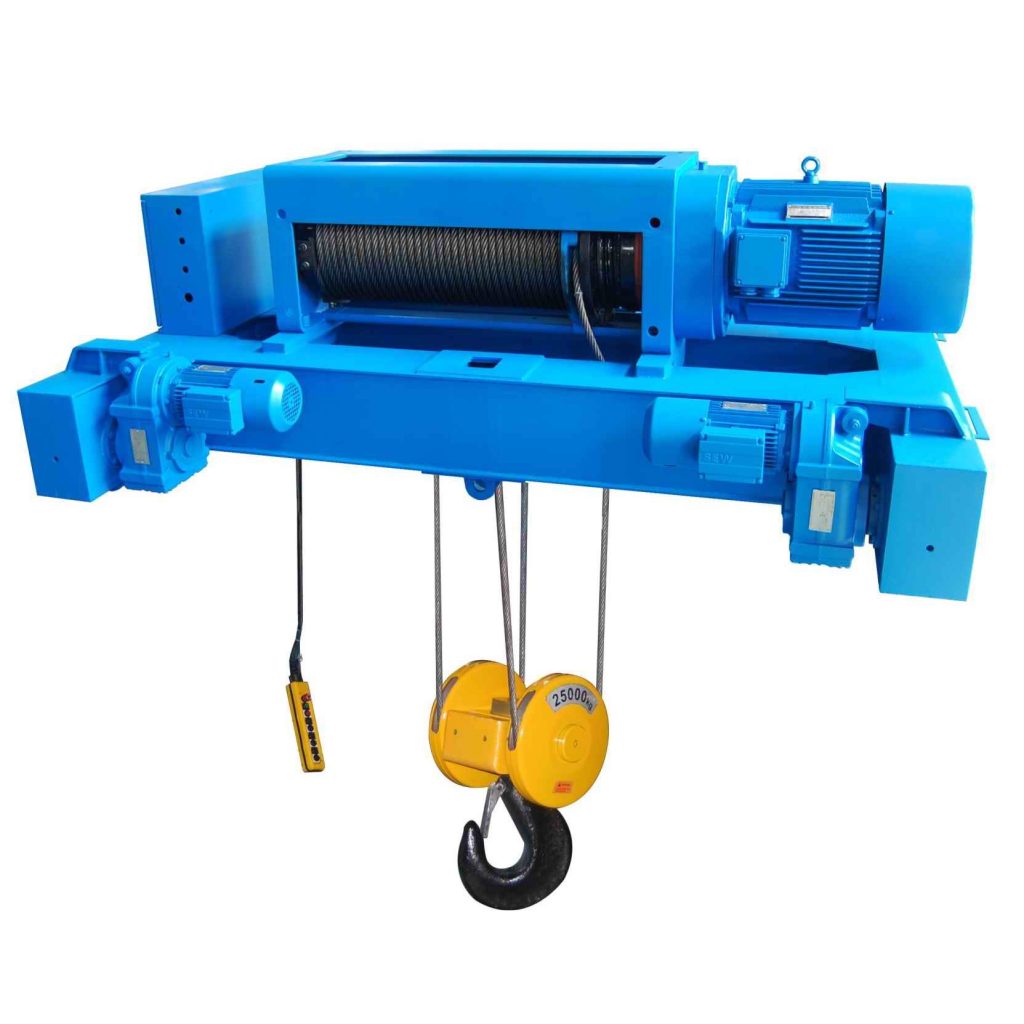Electric hoists are indispensable tools in various industries, providing the necessary muscle for lifting heavy loads efficiently and safely. Understanding their power requirements is crucial for ensuring optimal performance, preventing accidents, and prolonging the lifespan of the equipment. At the heart of electric hoists lie powerful motors that convert electrical energy into mechanical motion. These motors come in different types, such as AC or DC motors, each with its own power characteristics and requirements. AC motors, for instance, are commonly used in industrial applications due to their robustness and ability to handle heavy loads. They typically require a steady supply of alternating current at specific voltage and frequency levels to operate efficiently. In contrast, DC motors offer precise speed control and are often preferred in applications where variable speed is essential. The power requirements of an electric hoist extend beyond just the motor. Factors such as load capacity, lifting speed, duty cycle, and environmental conditions also play significant roles. Load capacity refers to the maximum weight that the hoist can lift safely, and it directly influences the power needed to overcome gravitational forces.

Higher load capacities typically demand more powerful motors and electrical systems. Lifting speed is another critical factor affecting power requirements. Faster lifting speeds require more power to overcome inertia and friction during acceleration. Hoists designed for rapid lifting often features more robust motors and gearing systems to deliver the necessary torque and speed. The duty cycle, or the percentage of time a hoist operates under load in a given period, is essential for determining power requirements and preventing motor overheating. Hoists with higher duty cycles, such as those used in continuous or frequent lifting operations, require motors with better thermal management and higher power ratings to withstand prolonged usage without overheating. Environmental conditions also influence power requirements. Hoists operating in extreme temperatures or harsh environments may require additional power to compensate for decreased motor efficiency and increased friction caused by factors like moisture, dust, or corrosive agents. Efficient power management is crucial for maximizing the performance and longevity of electric hoists.
Properly sizing electrical components such as cables, switches, and circuit breakers ensures reliable operation and minimizes the risk of electrical faults or overloads. Additionally, incorporating energy-saving features such as regenerative braking or variable frequency drives can help optimize power consumption and reduce operating costs over the hoist’s lifespan. Regular maintenance and inspection are essential for identifying and addressing potential issues that could affect power requirements and overall performance. Monitoring motor temperature, voltage, and current draw can provide valuable insights into the hoist’s health and help prevent costly downtime or accidents due to equipment failure. In conclusion, understanding the power requirements of electric hoists is crucial for ensuring safe and efficient operation in various industrial settings. By considering factors such as motor type, load capacity, lifting speed, duty cycle, polipasto electrico and environmental conditions, businesses can select and maintain hoists that meet their specific needs while maximizing productivity and safety.
